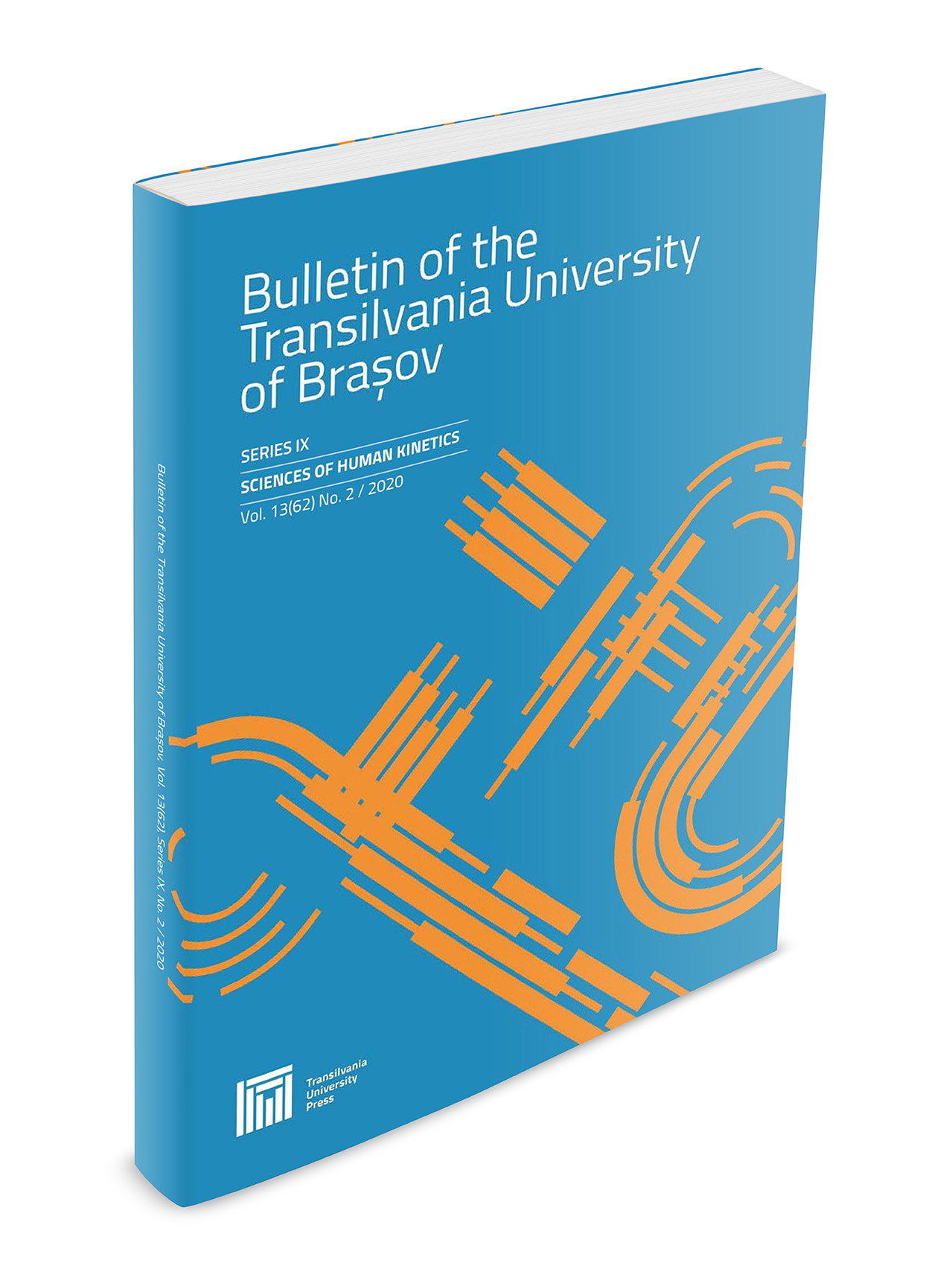The Impact of the Inrun Position Adjustment on the Improvement of the Second and Third Phase in Ski Jumping
Keywords:
ski jumping, phase I – the inrun and the takeoff, positional aspects of the athlete specific to phase I, jump joints, ankle joint anglesAbstract
Ski jumping requires great precision during the execution of each of its four phases, as a result of its complex technical components. The objective of this study consists of the improvement of each athlete’s technical skills focused on the first phase, with a view to creating the prerequisites for the improvement of the second and third phases. To achieve this, we used various specific training tasks consisting of imitative exercises applied continuously by using the proprioceptive method, as well as jumps on the HS 71 and HS 100 hills, with specific tasks for the first phase of the jump for each athlete. The evaluation of the ski jumpers’ performances was completed objectively in different positional aspects specific to the first phase of ski jumping. The success in adopting and maintaining the inrun position while passing through R1, under the exerted forces on the jumper-ski system and focusing on the correct distribution of the general mass center, created the possibility of improving the indicators of sports performance in the individualized training process.Downloads
Published
Issue
Section
License
Copyright (c) 2016 Bulletin of the Transilvania University of Braşov. Series IX: Sciences of Human Kinetics

This work is licensed under a Creative Commons Attribution 4.0 International License.





